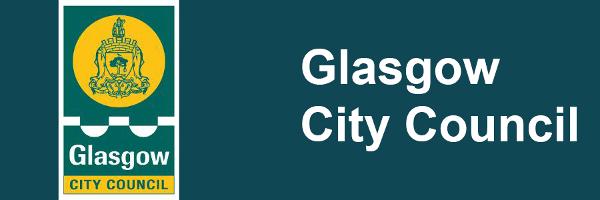Glasgow Working Age Population, Composition of Activity
Email (opens new window)Links
The purpose of this briefing is to look in more detail at the structure of the working age population in Glasgow. The main data source is the Annual Population Survey produced by the Office for National Statistics, and the convention has been to include the population aged between 16 and 64 years as defining the working age population for both females and males.
The intention is to look at levels of employment, unemployment and economic inactivity with the latter category being a catch-all term for people of working age neither unemployed nor actively looking for employment. It includes people in full-time education, full-time unpaid carers, people both in temporary and long-term sickness, the early retired, as well as people discouraged from looking for employment.
The essential information is available below.
Working Age Population Composition of Activity
Glasgow | Year to | Year to | Year to | Change March 2020 | |
|---|---|---|---|---|---|
WAP (16-64) | 432,200 | 436,200 | 434,900 | 2,700 | 0.6 |
Employed | 284,800 | 304,400 | 301,800 | 17,000 | 6.0 |
% Employed | 65.9 | 69.8 | 69.4 |
|
|
Unemployed | 12,200 | 14,600 | 11,900 | -300 | -2.5 |
% Unemployed | 2.8 | 3.3 | 2.7 |
|
|
Inactive wanting work | 24,600 | 26,200 | -12,200 | -12,400 | -50.4 |
% Inactive wanting work | 5.7 | 6.0 | 2.8 |
|
|
Unemp & Inactive want | 36,800 | 40,800 | 24,100 | -12,700 | -34.5 |
% Unemp & want work | 8.5 | 9.4 | 5.5 |
|
|
Other inactive | 110,600 | 91,000 | 109,000 | -1,600 | -1.4 |
% other inactive | 25.6 | 20.9 | 25.1 |
|
|
Employed on UC | 10,378 | 24,792 | 24,794 | 14,416 | 138.9 |
% Employed on UC | 2.4 | 5.7 | 5.7 |
|
|
Note: WAP is working age population; UC is Universal Credit
There is quite a lot of information here and it should be remembered that as the source is a survey, the details are estimates and small variations may reflect the statistical source.
Summary
However, there is enough detail to draw some firm conclusions from the data
- While the increase in the size of the working population is modest, it is difficult to deny that the increases in employment levels and the rate of employment are real;
- This is coupled with a modest fall in the level of unemployment, and a greater fall in the number of inactive people moving into employment;
- Put together, this suggests a reduction in worklessness;
- Depending on circumstances, people in employment are eligible for Universal Credit depending on their level of income. As the data shows, during the period above the number of people receiving Universal Credit while in employment more than doubled;
- The implication being that the increase in employment may have been in low-paid work.
Comparison with other Local Authorities
The data can also be placed in a wider context, comparing the Glasgow data with that for the local authorities surrounding Glasgow (NGC, Non-Glasgow Conurbation), Scotland and the UK. The following conclusions are taken from comparing data for the year to March 2020 with the year to December 2021 in order to assess the impact of the pandemic.
It should be borne in mind that the next release of data may produce another set of conclusions; but for the time being the following comments can be made.
- While the number of people employed increased in Glasgow (+6.0%) elsewhere it was at best stable or declining (-3.4% in NGC, -2.5% in Scotland, -1.7% in the UK).
- The number unemployed fell in Glasgow (-2.5%) and increased in the NGC (+9.1%), Scotland (+16.9%) and in the UK (+13.3%).
- All areas saw a doubling of the number of people in employment and eligible for Universal Credit, to 8.2% of those employed in Glasgow, 7.1% in the NGC, 7.0% in Scotland and 7.5% in the UK.
- There are differences in female and male rates in this data; in Glasgow the number of women aged 16-64 increased while the number of men in the age group decreased; even so, the increase in female employment (+8,800) was broadly the same as the increase in male employment (+8,000).
Annual Population Survey Data
As already mentioned, this data comes from a survey (Annual Population Survey) and there may be issues about the sampling framework. And the next data release may lead to a different set of conclusions.
However, as it stands, the data for Glasgow seems to be more positive in terms of employment and unemployment than in the overall Scottish and UK context. This data will continue to be monitored along with further exploration of female and male rates.




